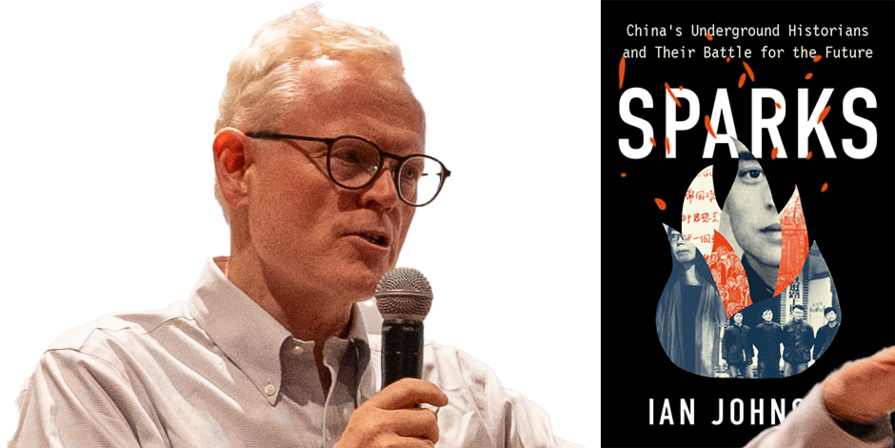Jong-huh Huang, D.P.A.
Abstract (Summary)
This study explores how effective multiagency partnerships play an adaptation role in configuring public agencies' personnel, structure, strategy, culture, and critical tasks to confront challenging environments. In assessing factors affecting effectiveness of multiagency collaboration, the study adopts concepts of strategic coalignment. Practical interagency collaboration in Taipei City Government (TCG) is the research focus, with an emphasis upon the major factors in her external environment and internal organizational arrangements. Research tools include in-depth interviews, a multiagency partnership survey, a Quinn's Management Competency survey, and a Nominal Group Techniques session, besides documentary and secondary-data analyses of documents.
Major findings include: (a) Multiagency partnerships of Taipei are bureaucratic in structure since the partnership incentive originates primarily from agency executives; (b) Ad hoc task forces are the preferred type of interagency collaboration while interpersonal networks are considered critical; (c) TCG's configurational arrangements for multiagency partnerships have room for improvement; (d) Though equipped with general coordination and communication skills, TCG officials need to strengthen skills for cross-agency collaboration and communication; and (e) Strong agency executives being the driving force for partnership efforts, implementation-level officials lack solution strategies in confronting difficulties.
Implications for public policy and management are elaborated upon. Proposals for institution building include updating and clarification of rules and decrees, institution of an effective incentive mechanism, and platform construction for strengthening communication and coordination. Likewise, suggested strategies for improving multiagency collaboration effectiveness include facilitating informal organizations and human networks, cultivating a collaborative culture and leadership, and strengthening training and development.
For future research, the study proposes that variables be identified through more qualitative research efforts in different locales, with an aim for a better research framework. Future research with larger sample sizes is needed to construct a set of indicators capable of reliably measuring the degree of strategic fit. Finally, it will be useful to consider organizational identity as a moderating variable in multiagency dynamics.
Advisor: Clayton, Ross T.



